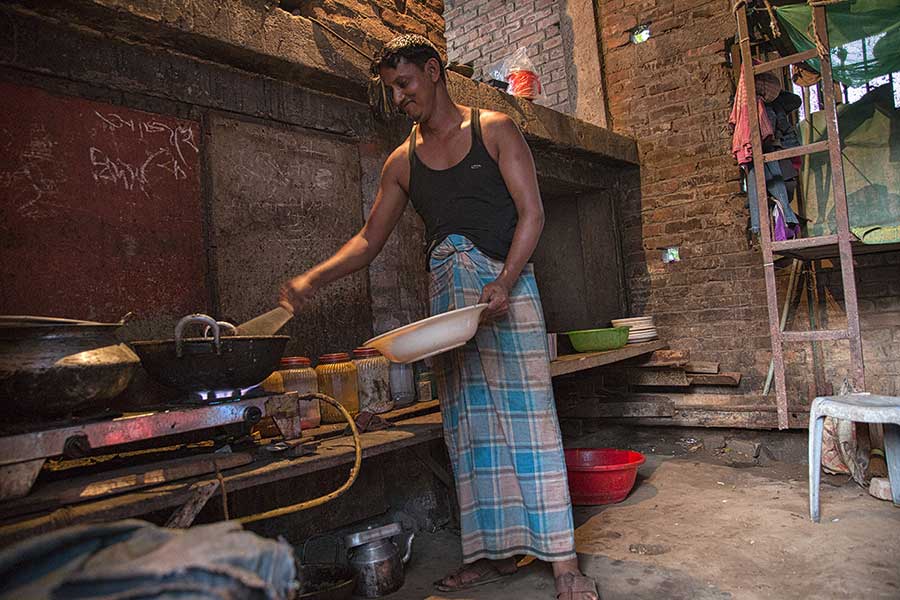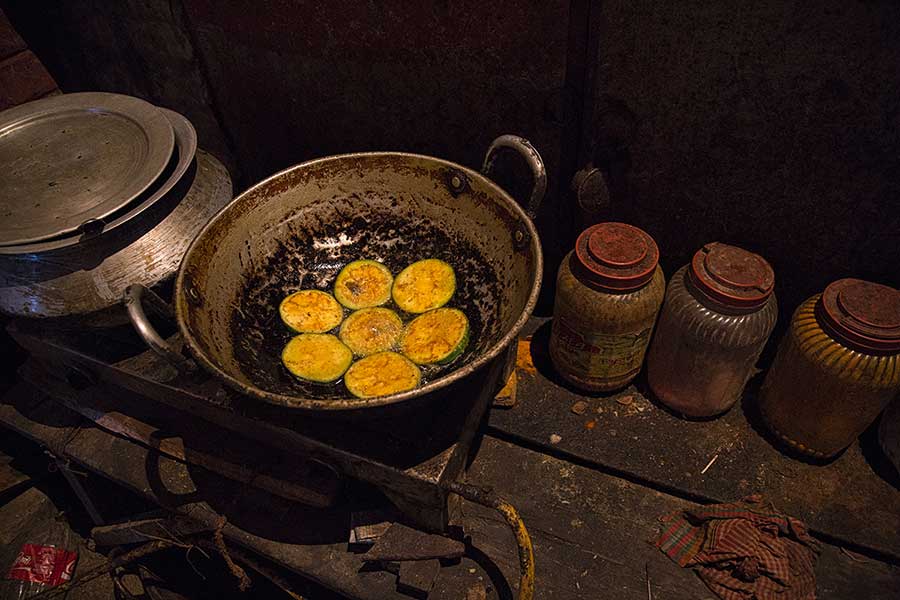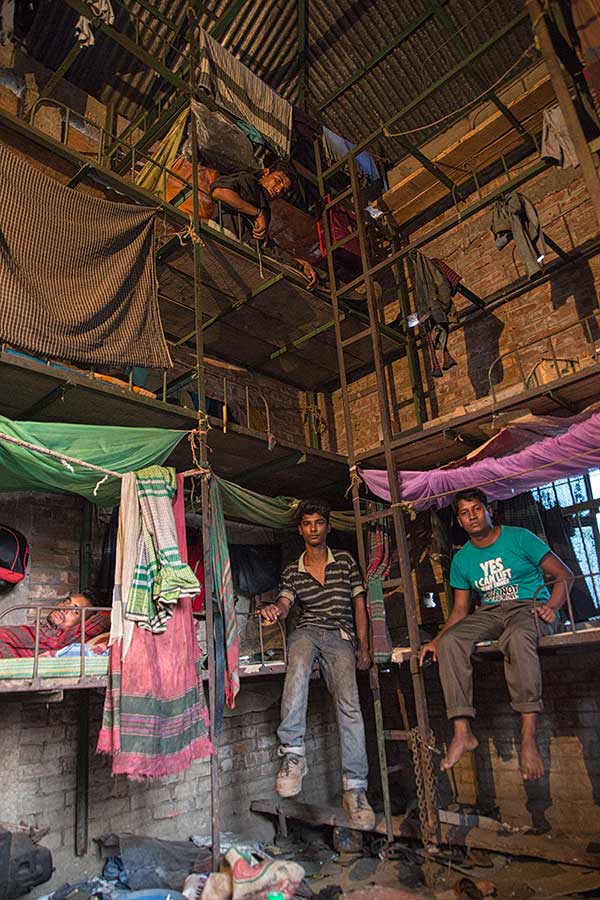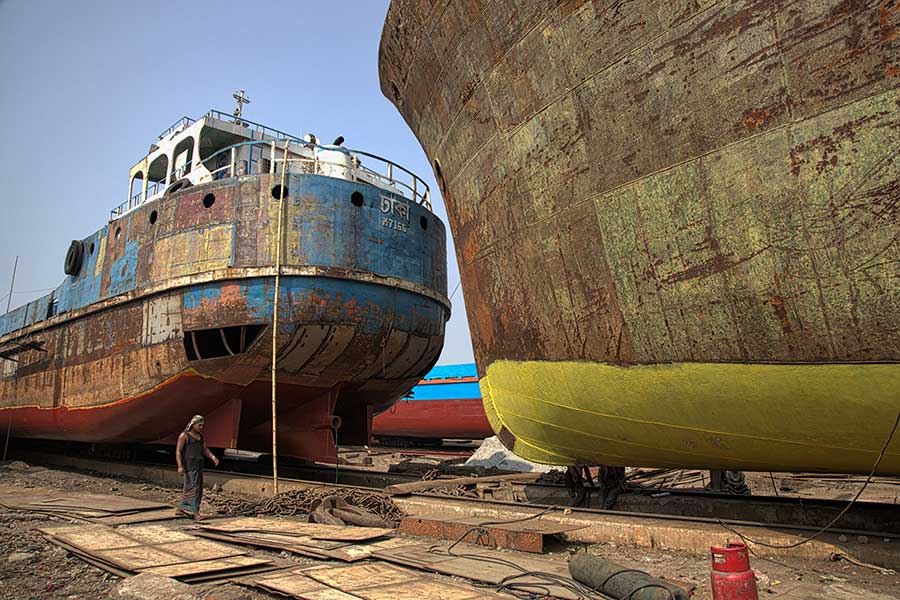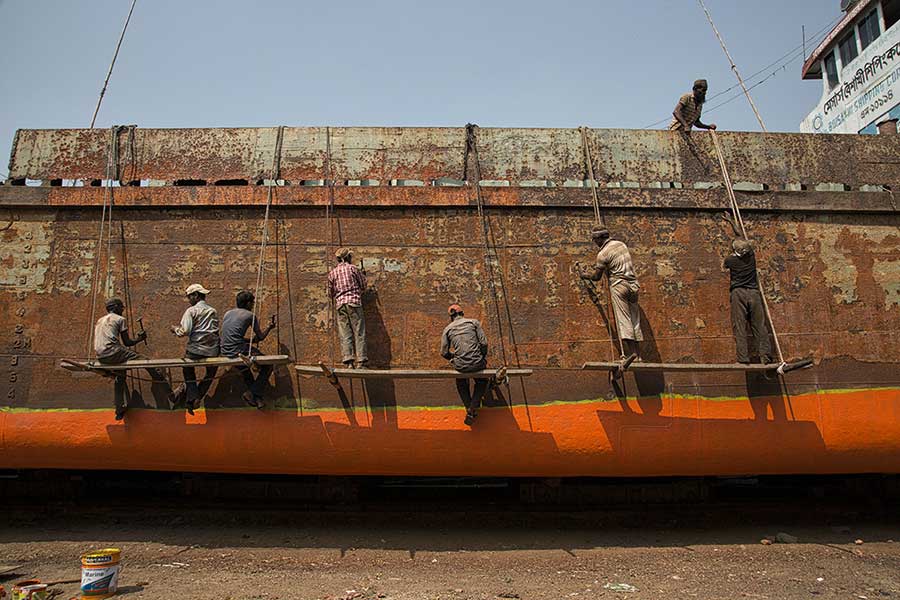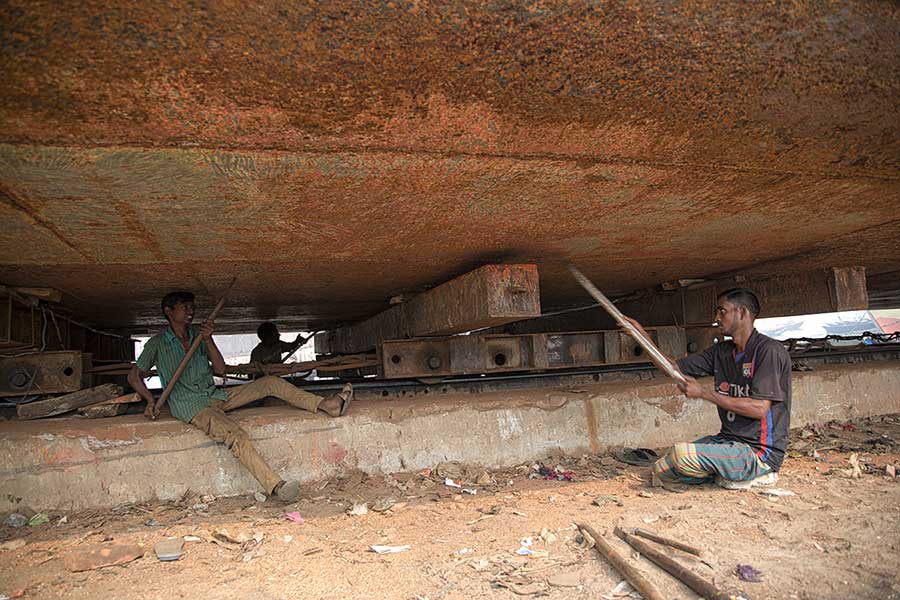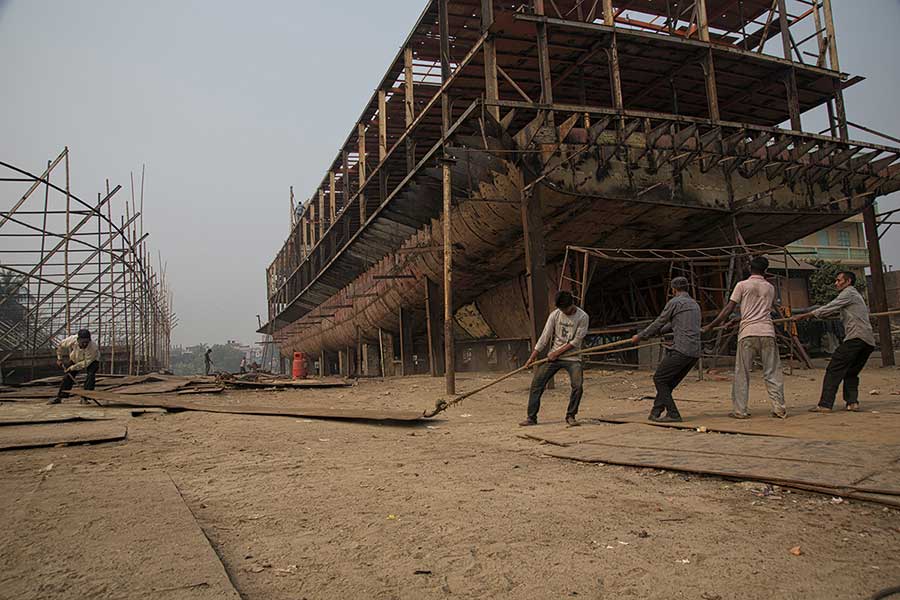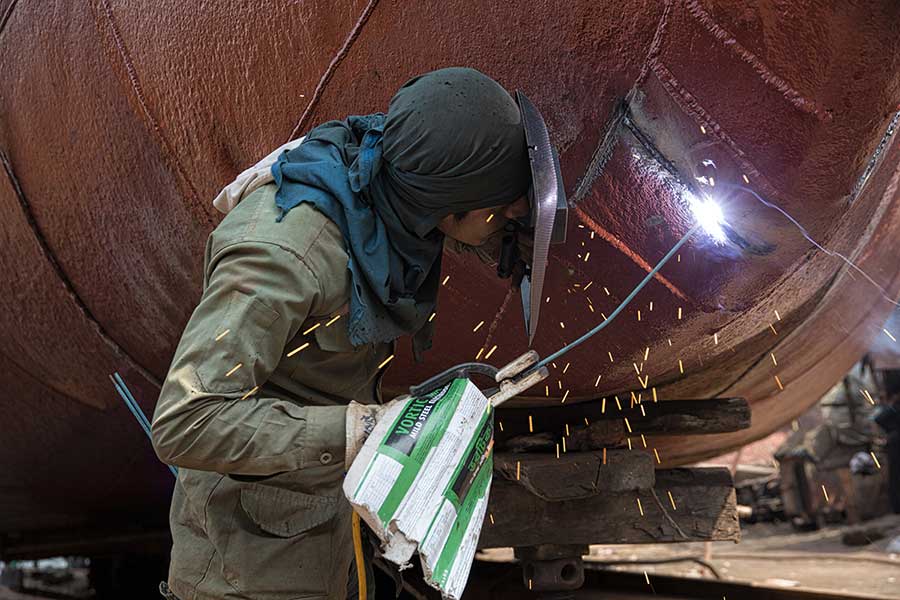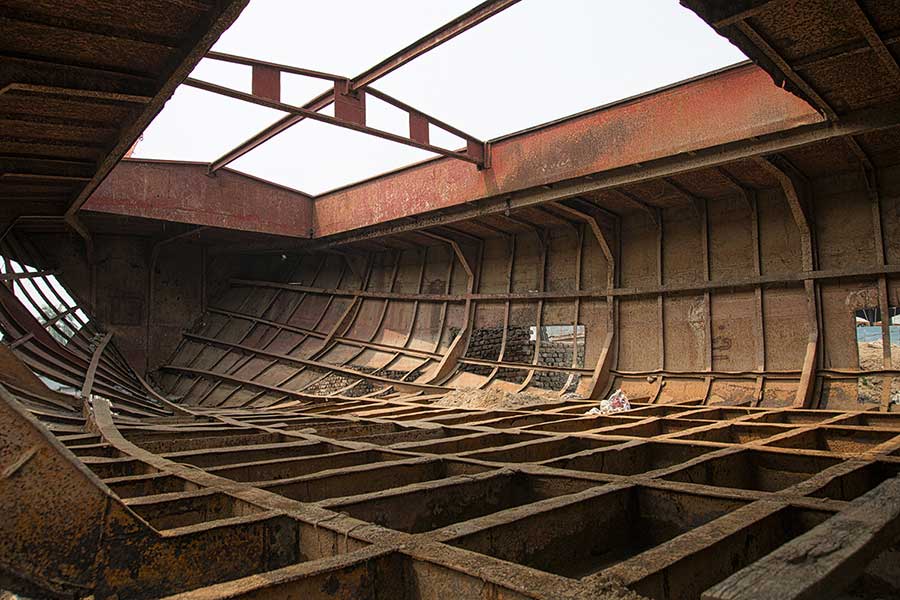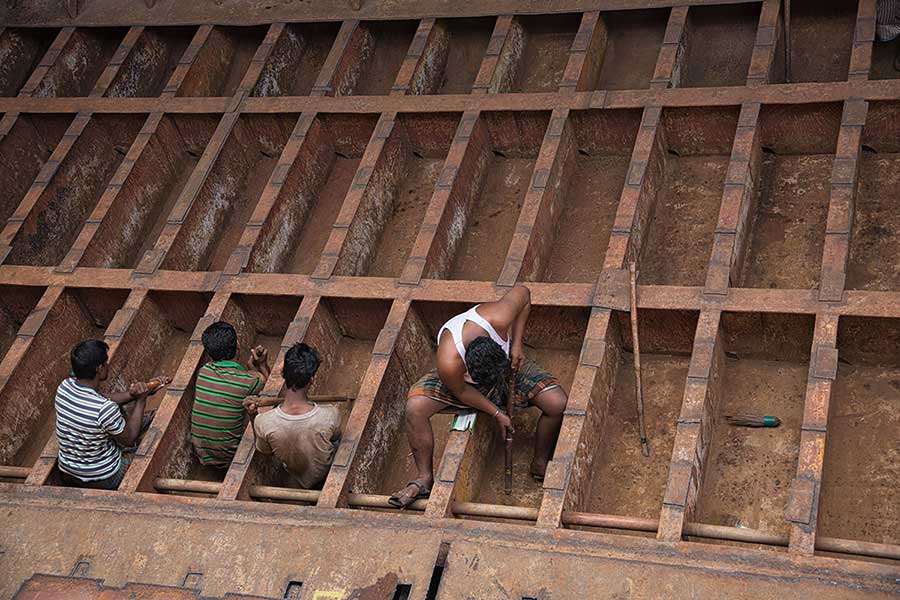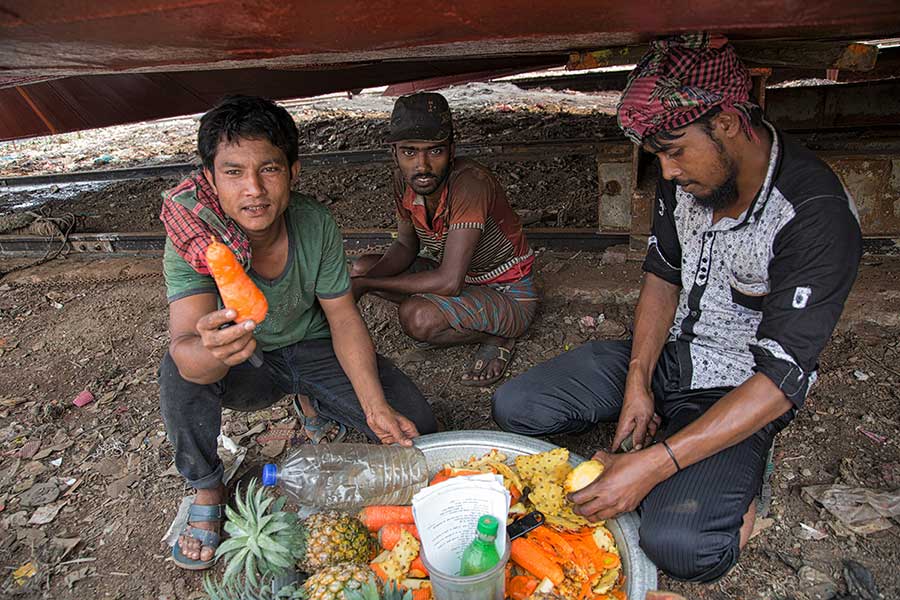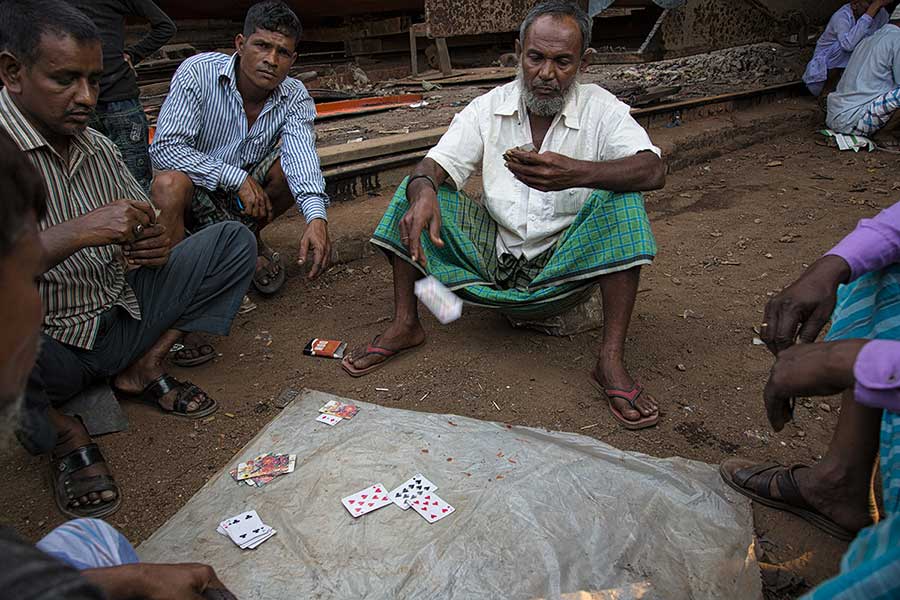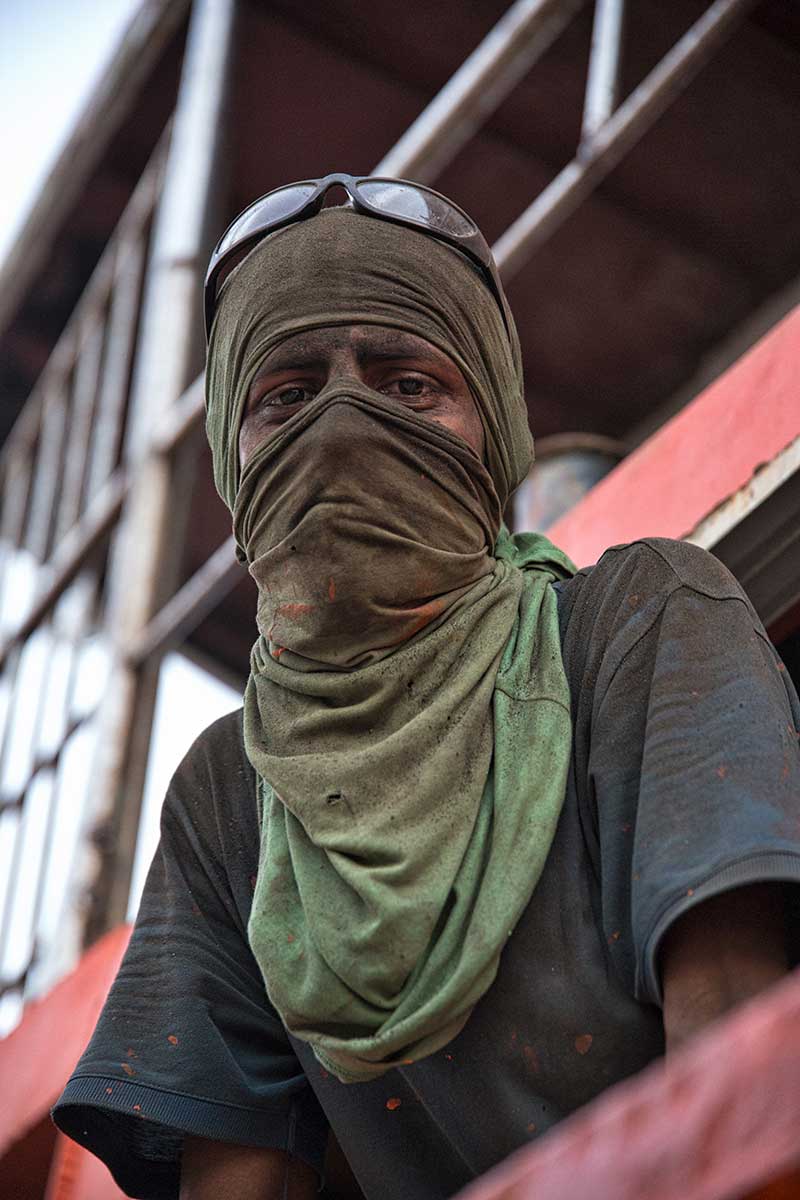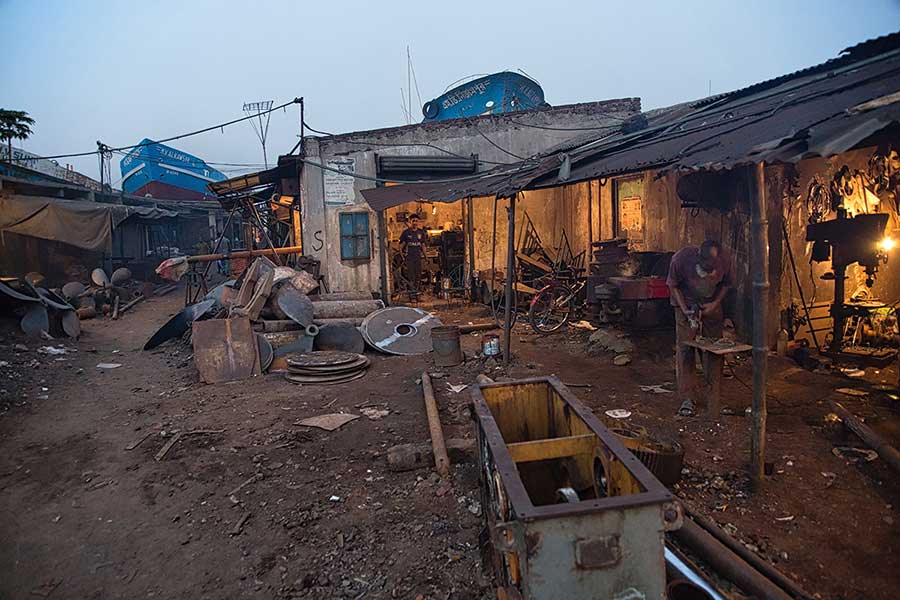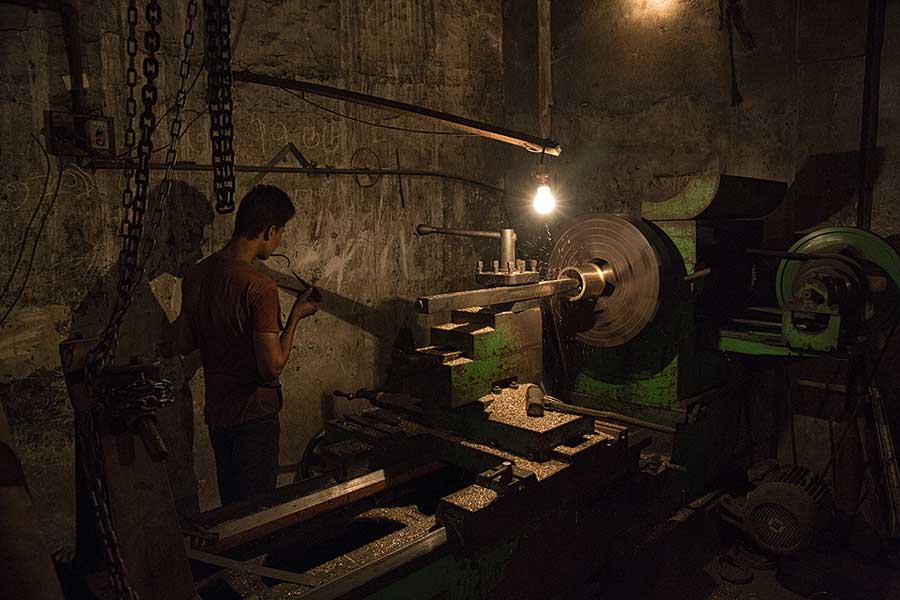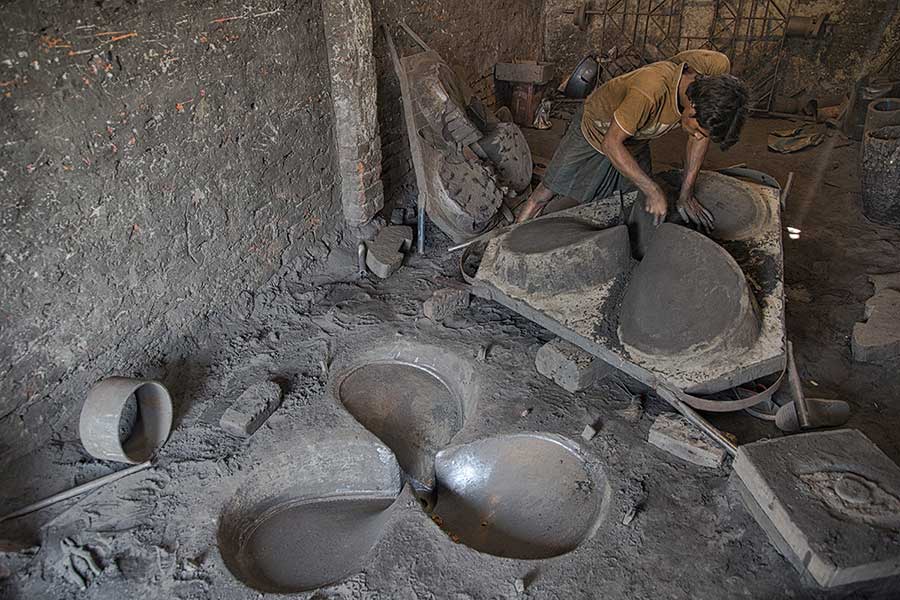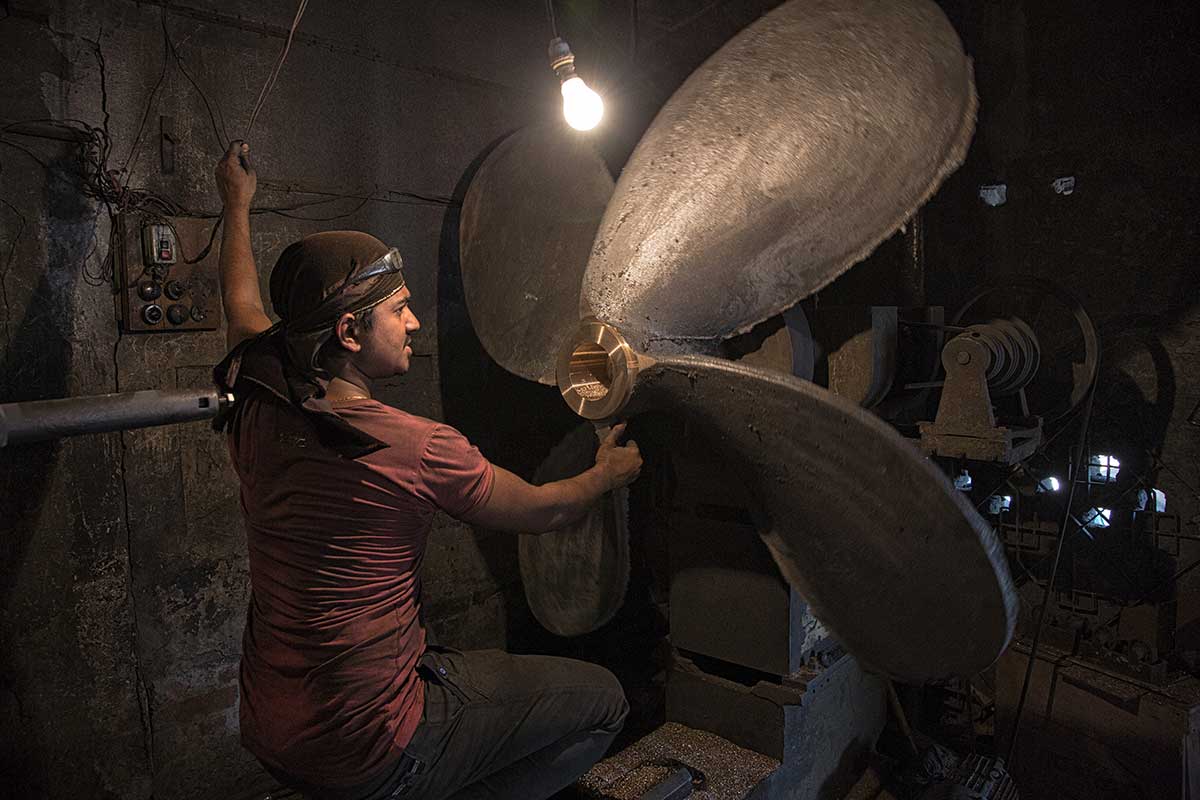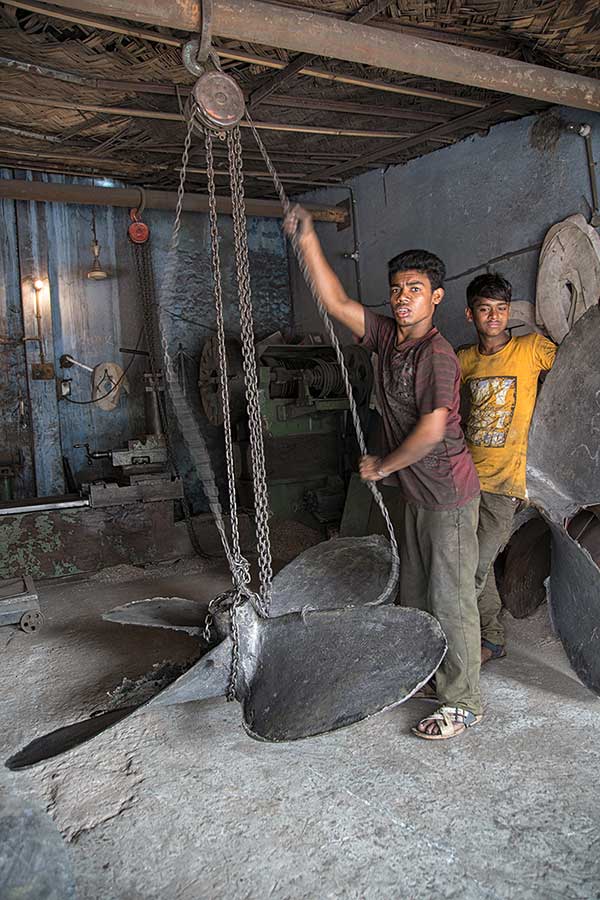Ship breaking and rebuilding in Bangladesh
Fishing vessels, merchant ships, huge oil tankers: they have been designed and built for resisting to the waves of the ocean in a storm, for lasting decades and carry huge cargoes around the world: but what happens when their end comes, when the last trip begins? According to international laws, to prevent accidents or sanctions for using of inappropriate or dangerous means, the ships have an average life of 25-30 years.
After this period the big shipping companies have to dismantle them, because the increase of the insurance and maintenance of worn means makes their use disadvantageous. As the dismantling in industrialized countries is much more expensive and is under to many rules and controls, thanks also to the trade unions, most of the demolition takes place in Asia, especially in Bangladesh, India and Pakistan, where the labor is very low costs and the controls on working conditions are non existent. The rates, in particular in Bangladesh, may also be below 50%. Instead of in a shipyard it seems to be in a circle of Dante, where the incessant noise of hammers and electric cutting machines on the sides of the vessels is backbreaking. Only In the city are more than 10 thousand the people working in the vessels demolition
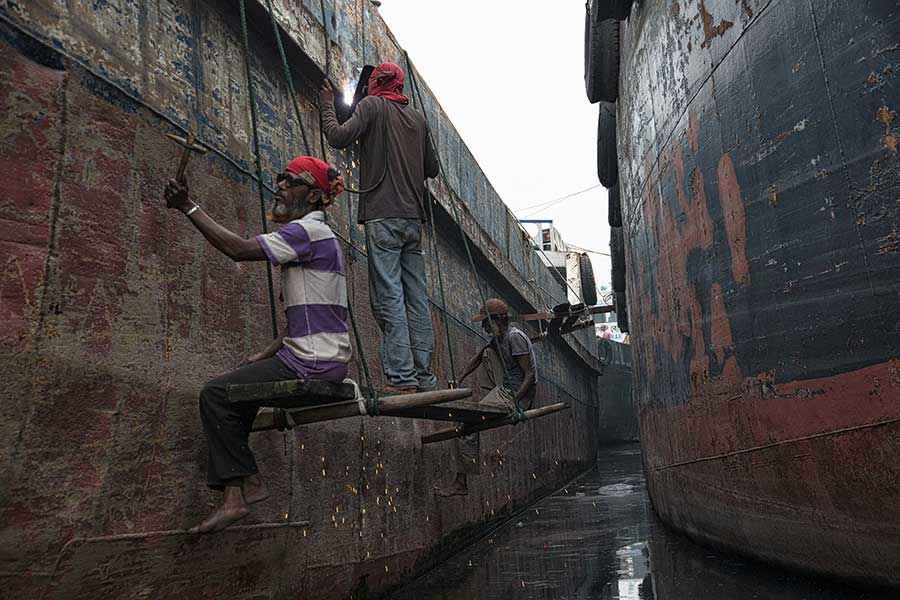
In the capital Dhaka and in Chittangong, the second city of country, every year more than 200 big vessels are dismantled, this is a very profitable activity for those who manage it. A medium-sized vessel, for for 3-4 working months, can make from 800 to 900 thousand euro. The profit is due to the recycling of over 90% of the entire hull Most of the vessels are totally dismantled, and some others are repaired with second hand parts and sold for use limited only to Bengali waters.
Aftermath, what happen after, is a photographic research not only on the vessels cemeteries, but also and especially on the exploitation conditions of the man, the daily life of these workers. [Official Website]
